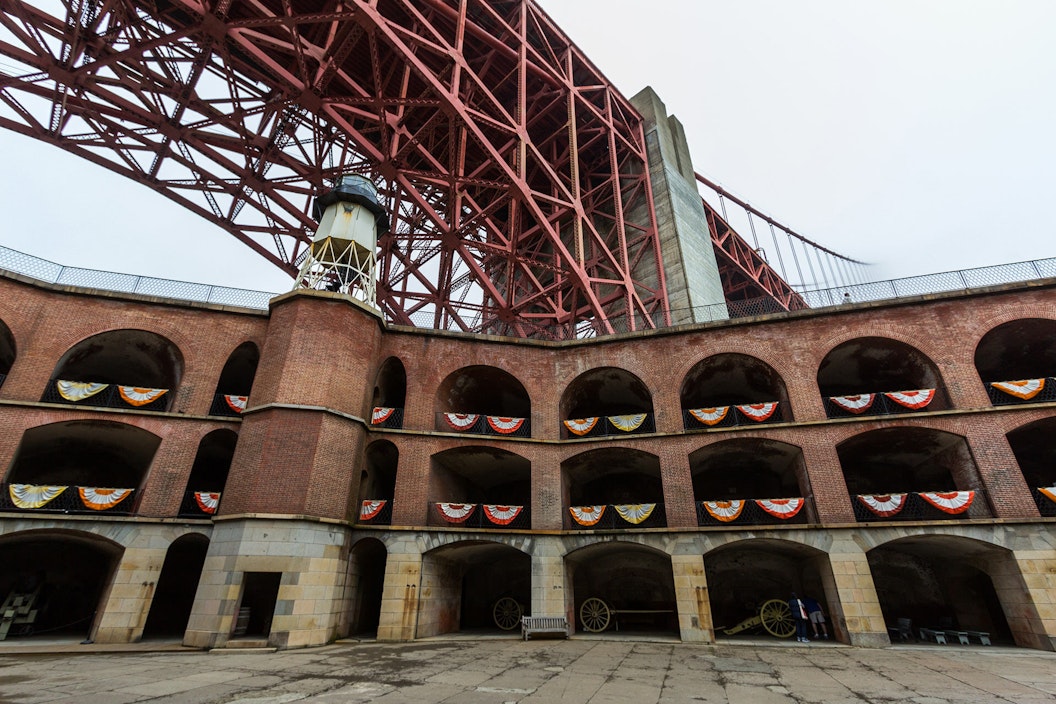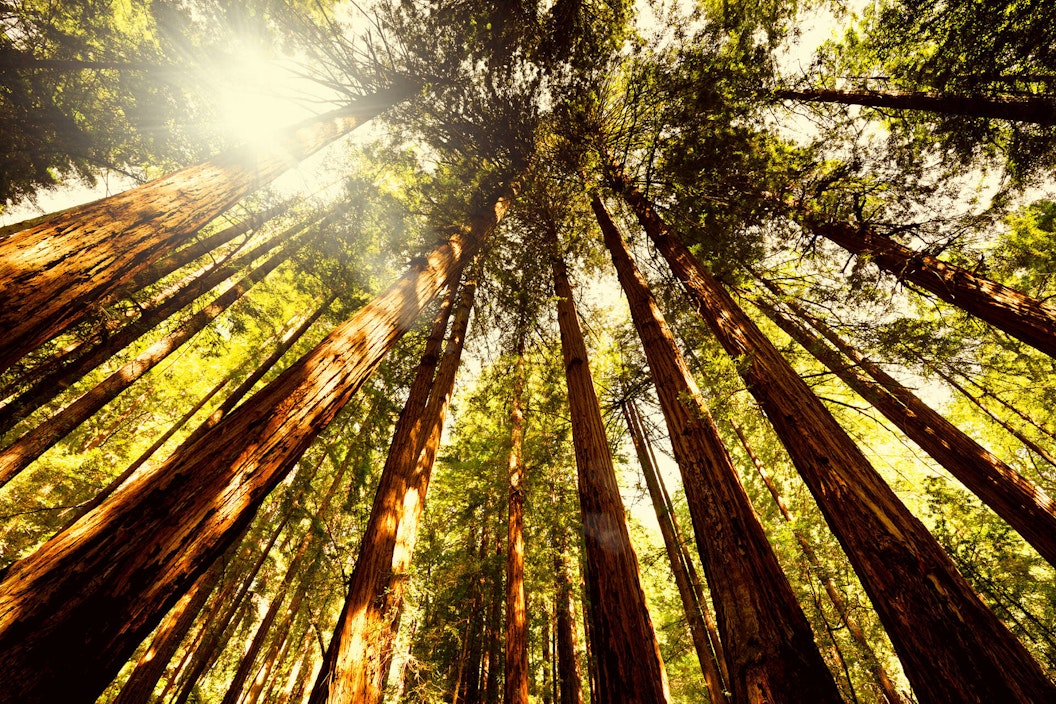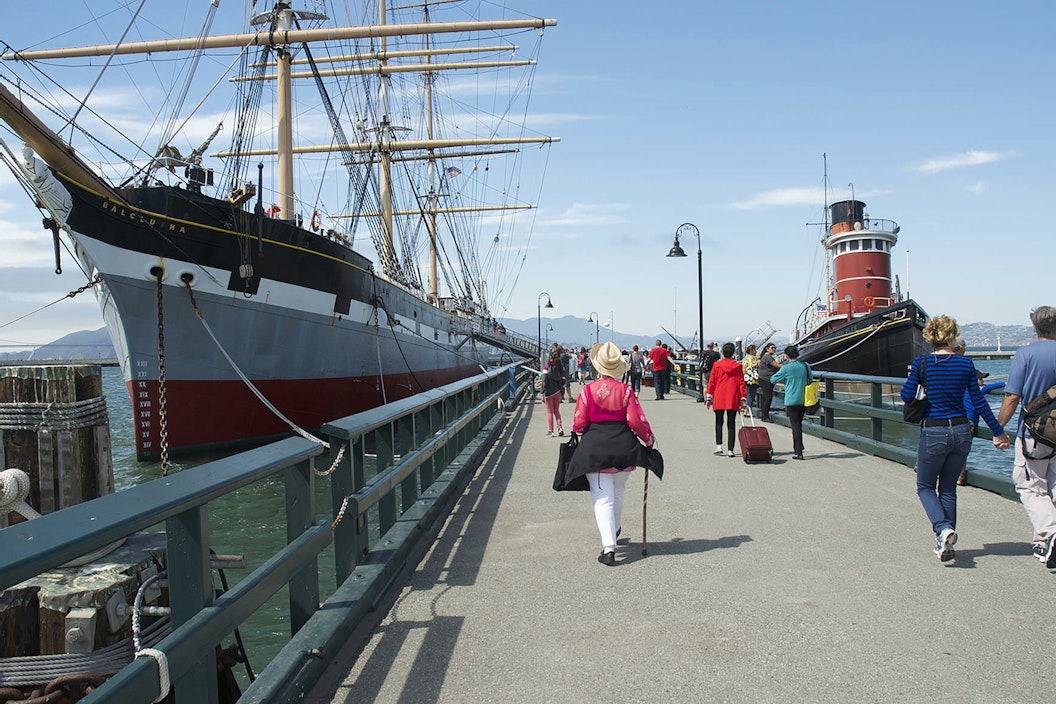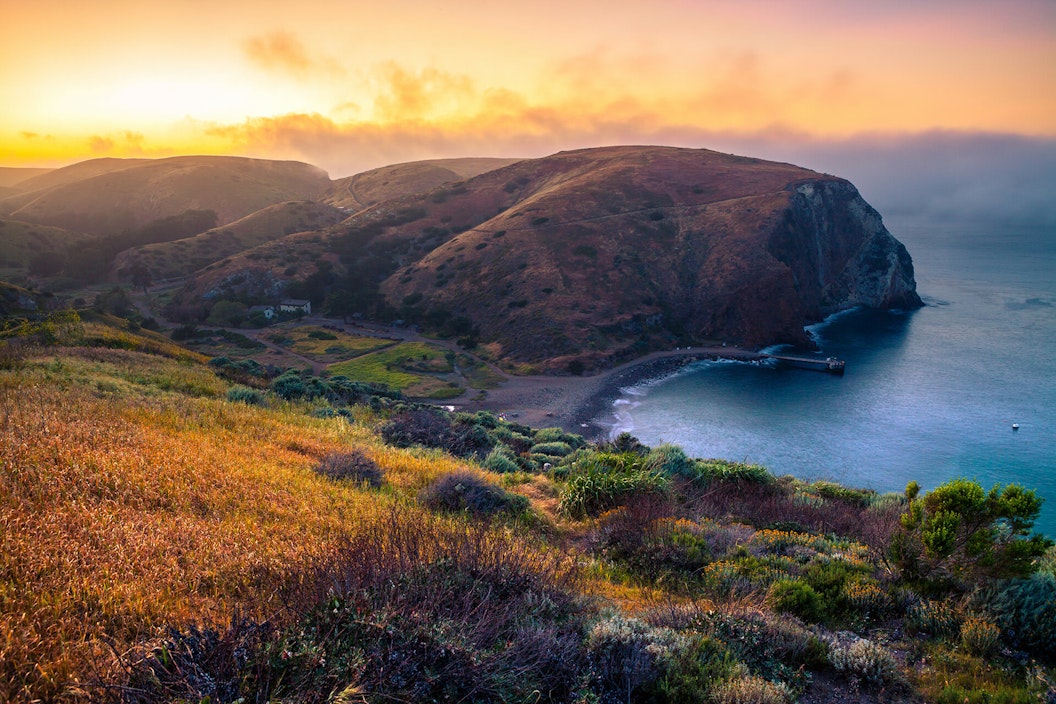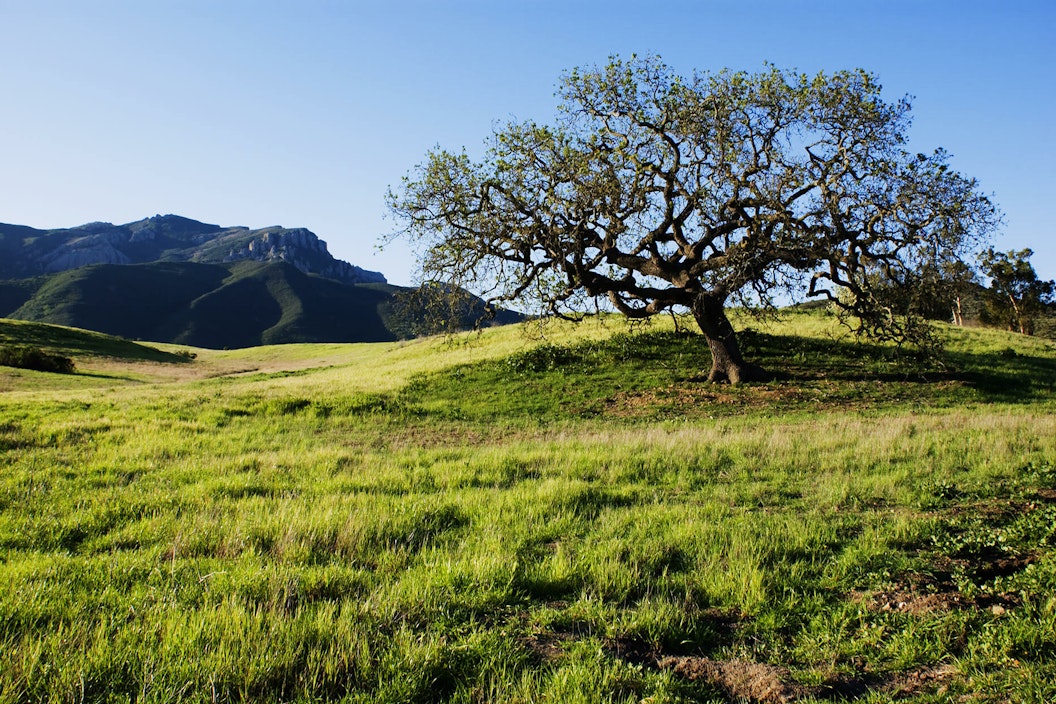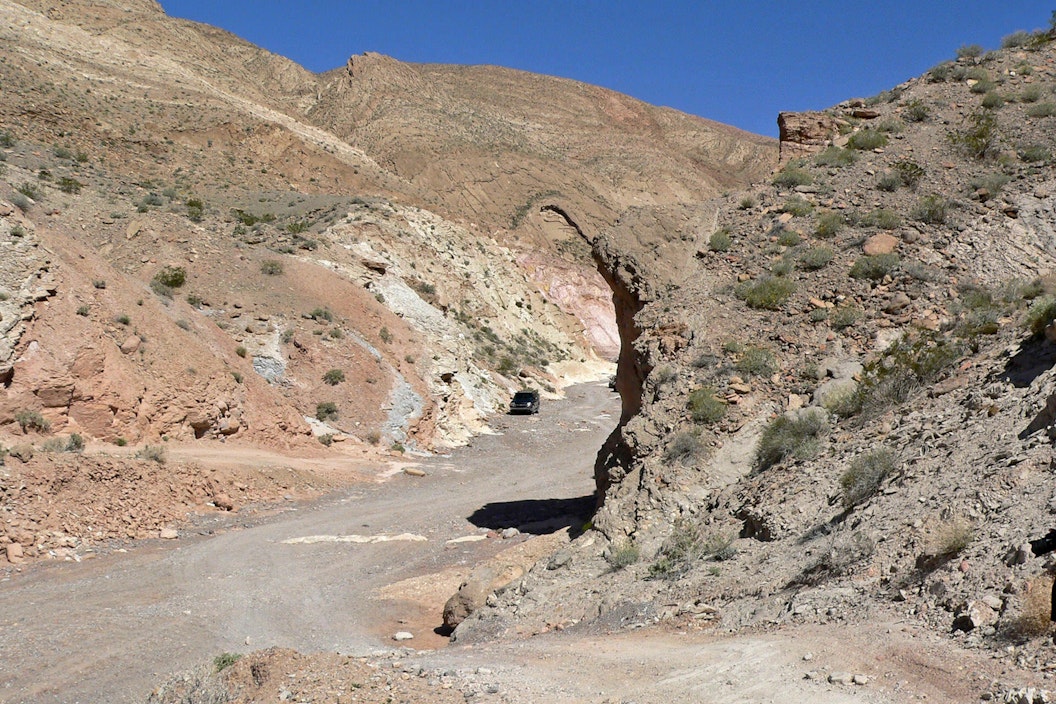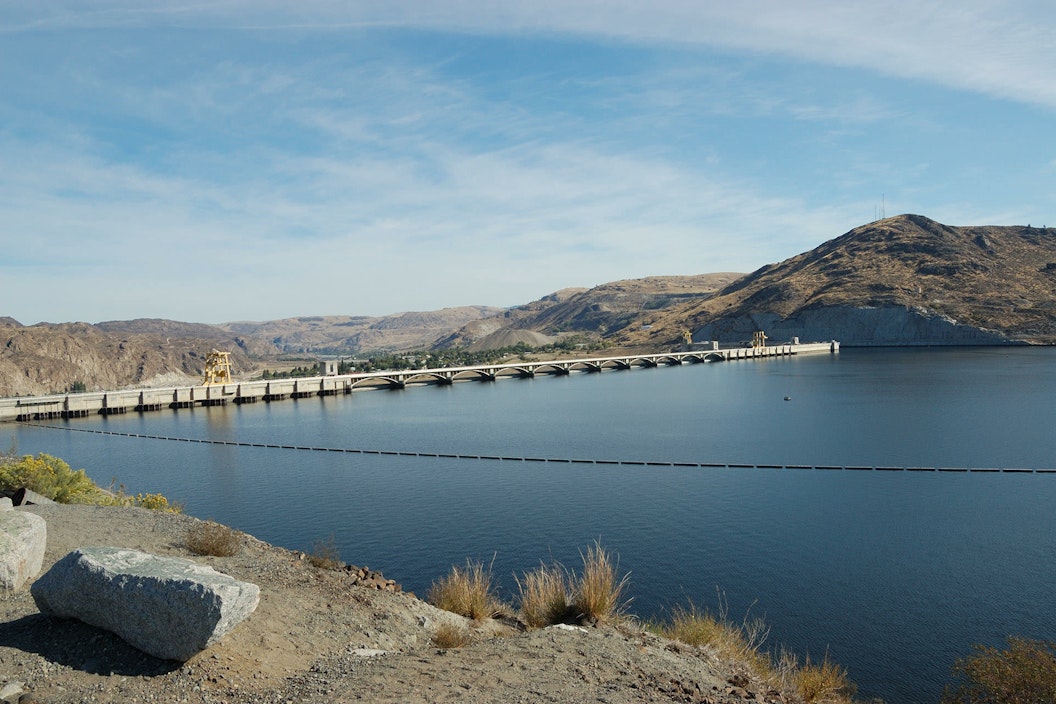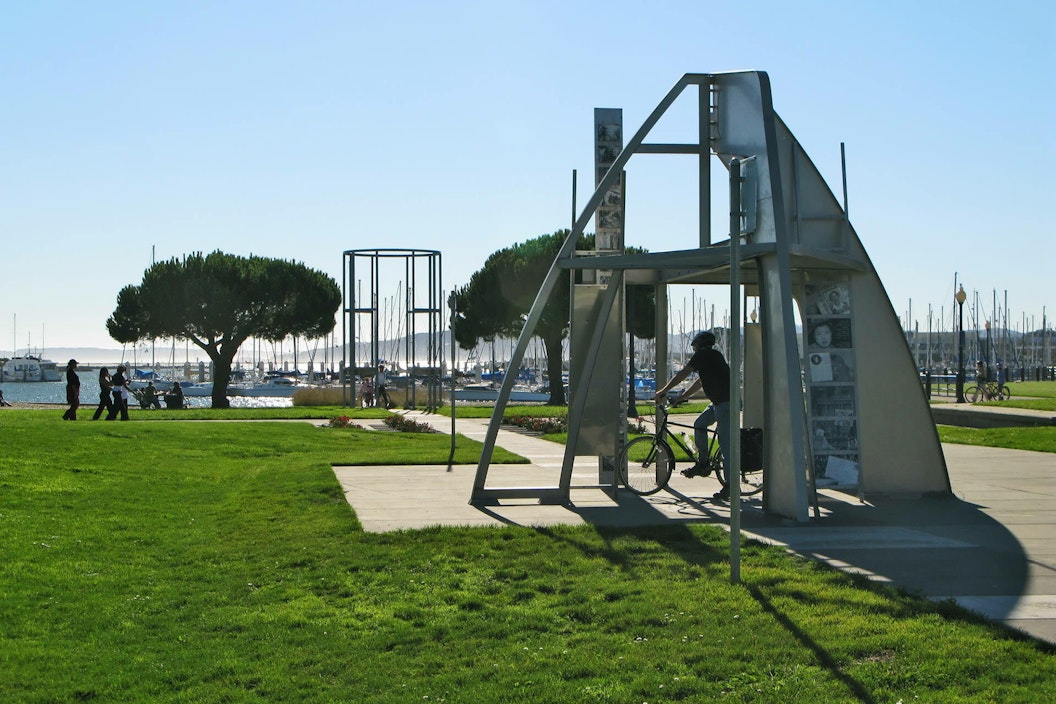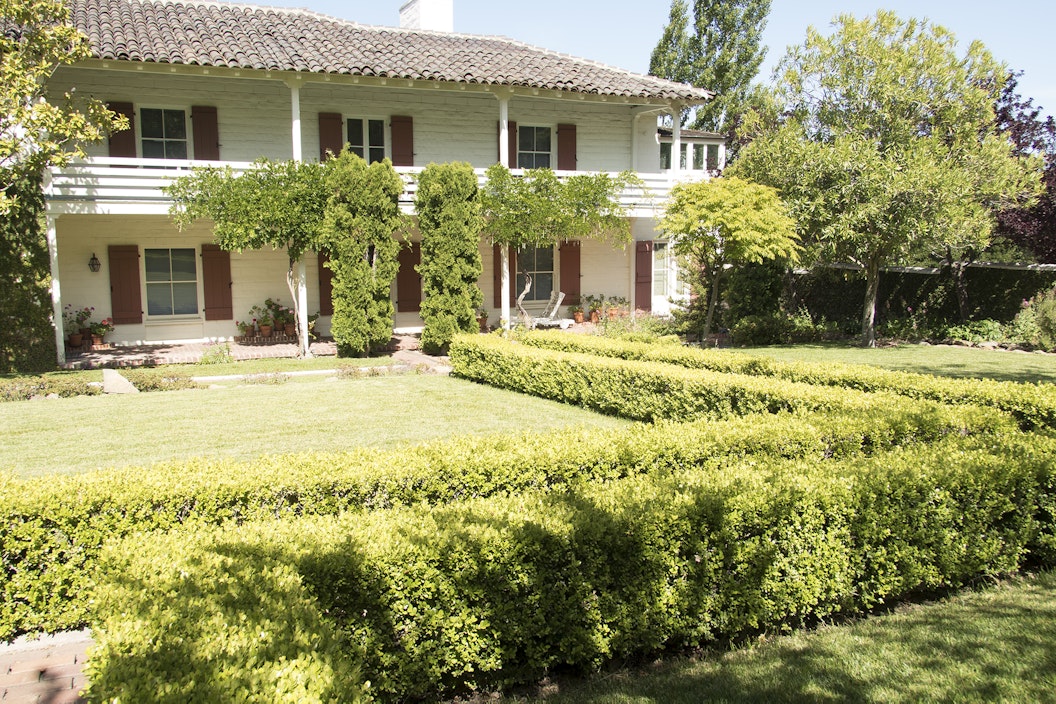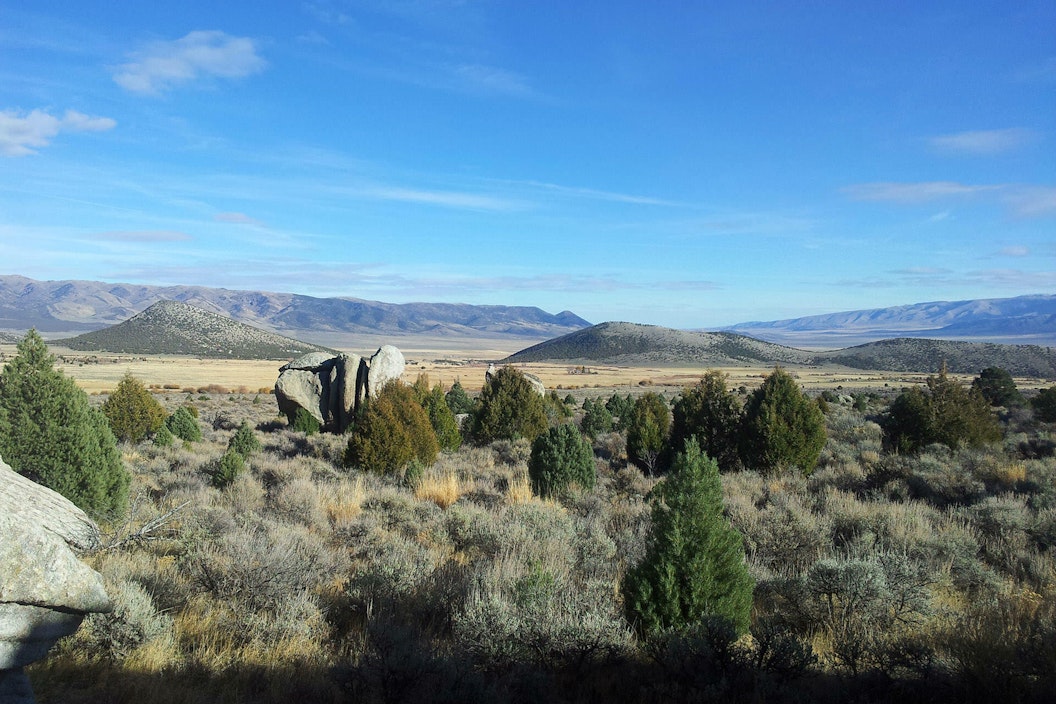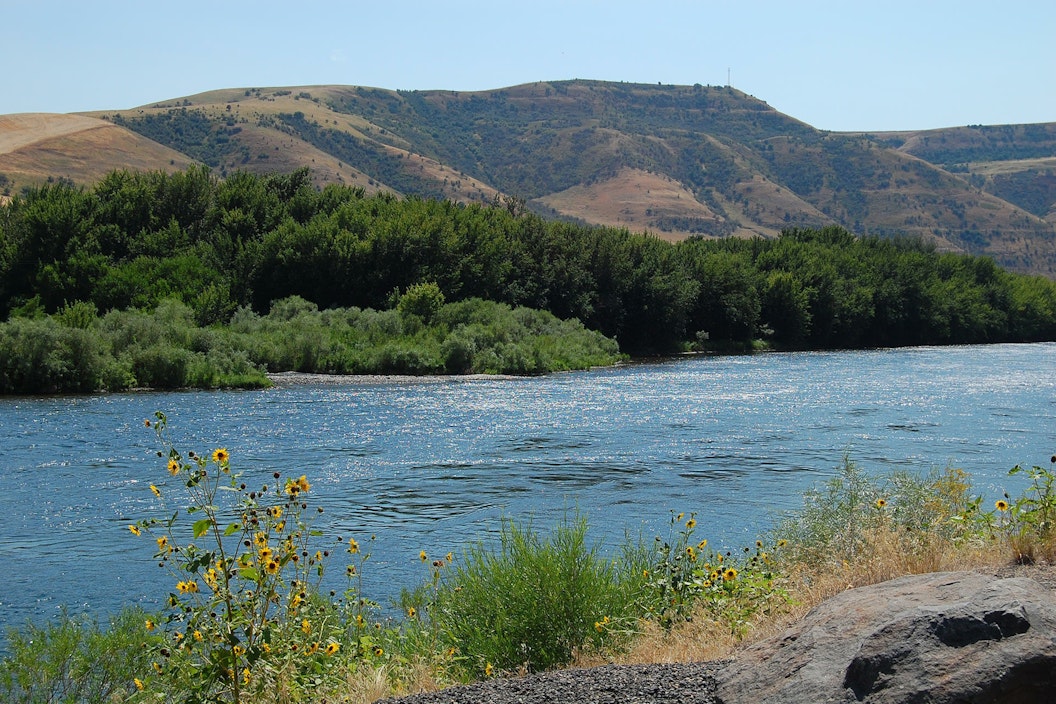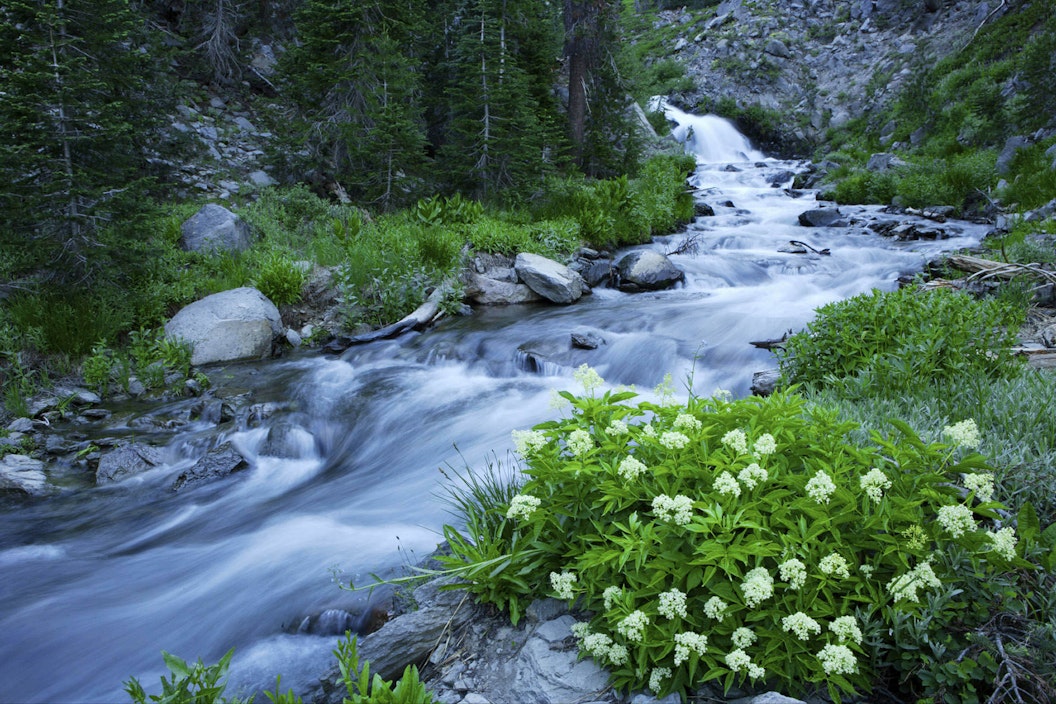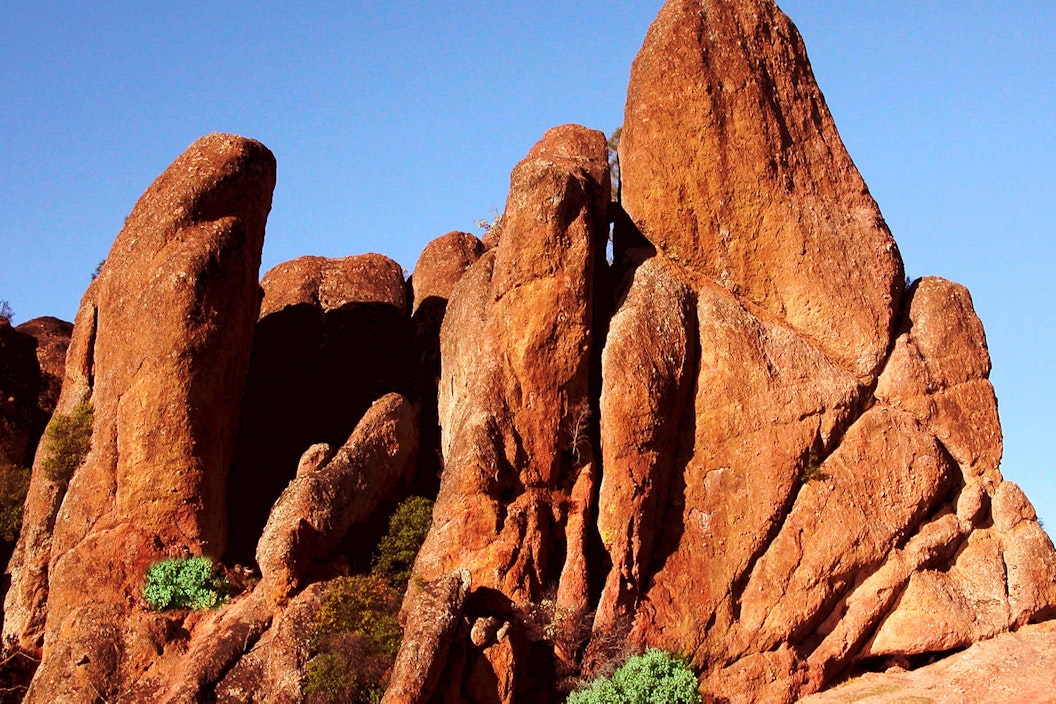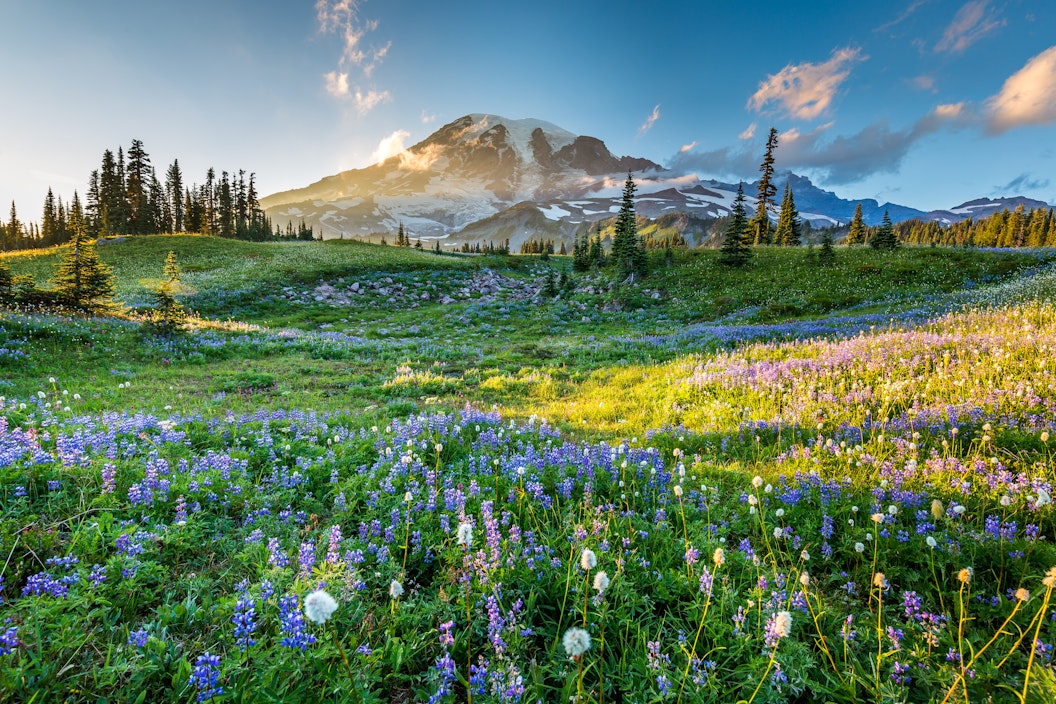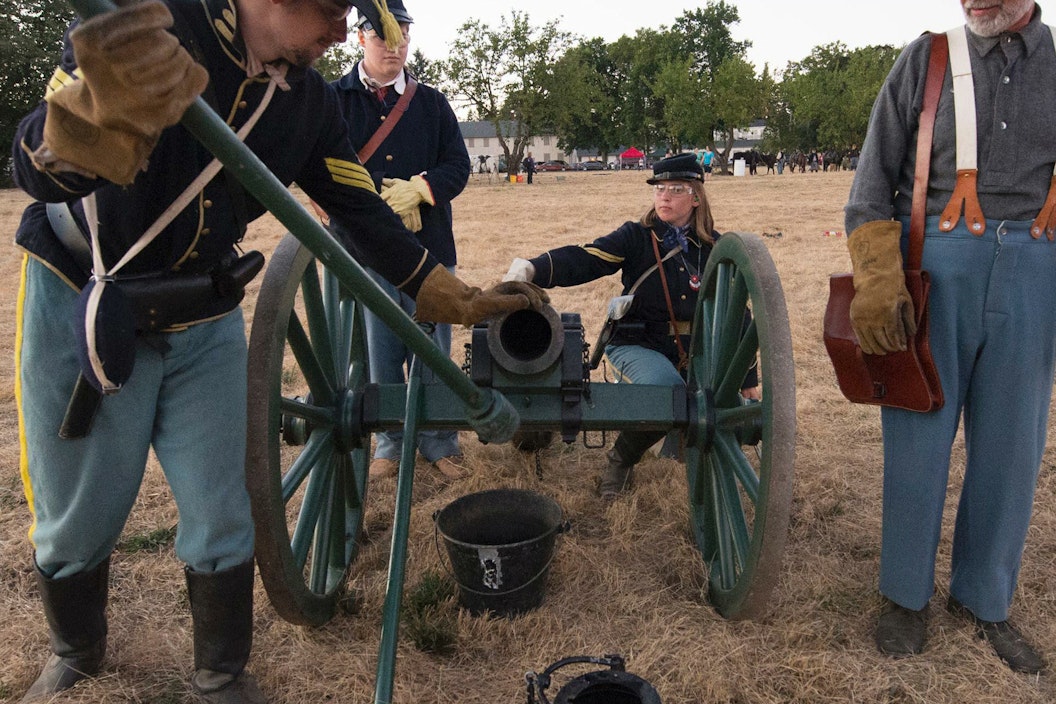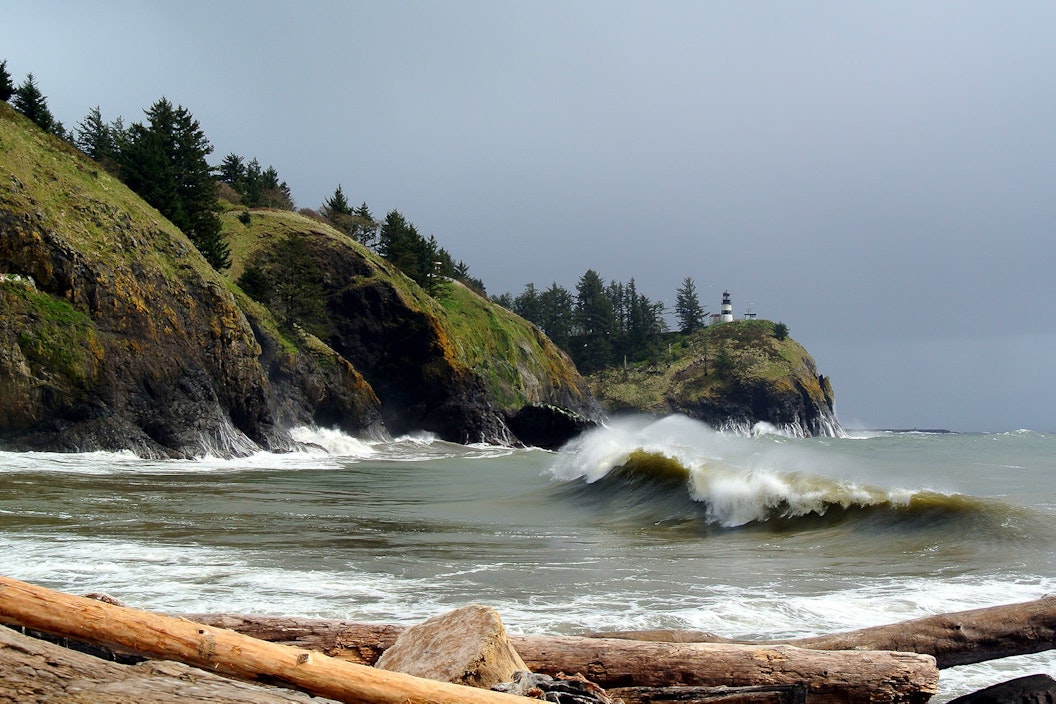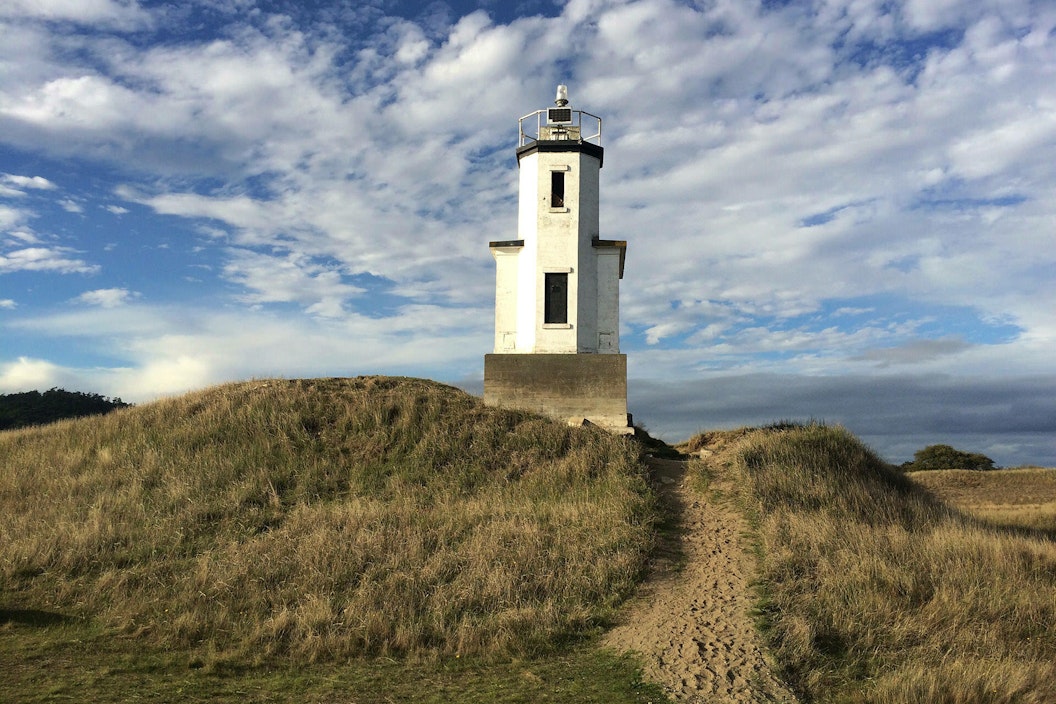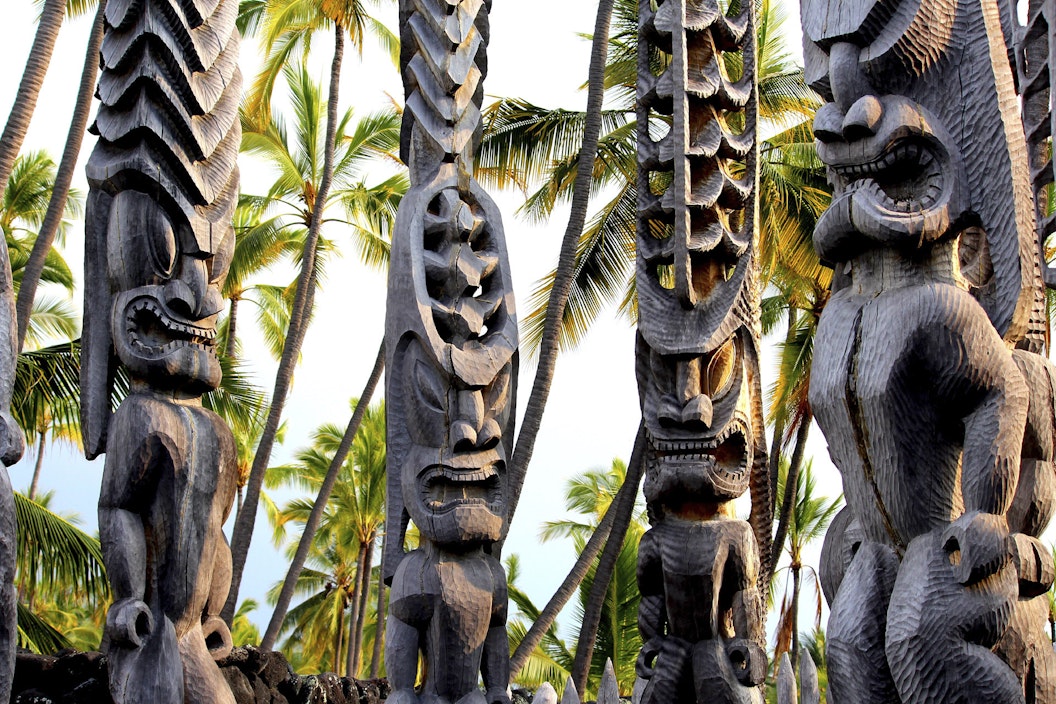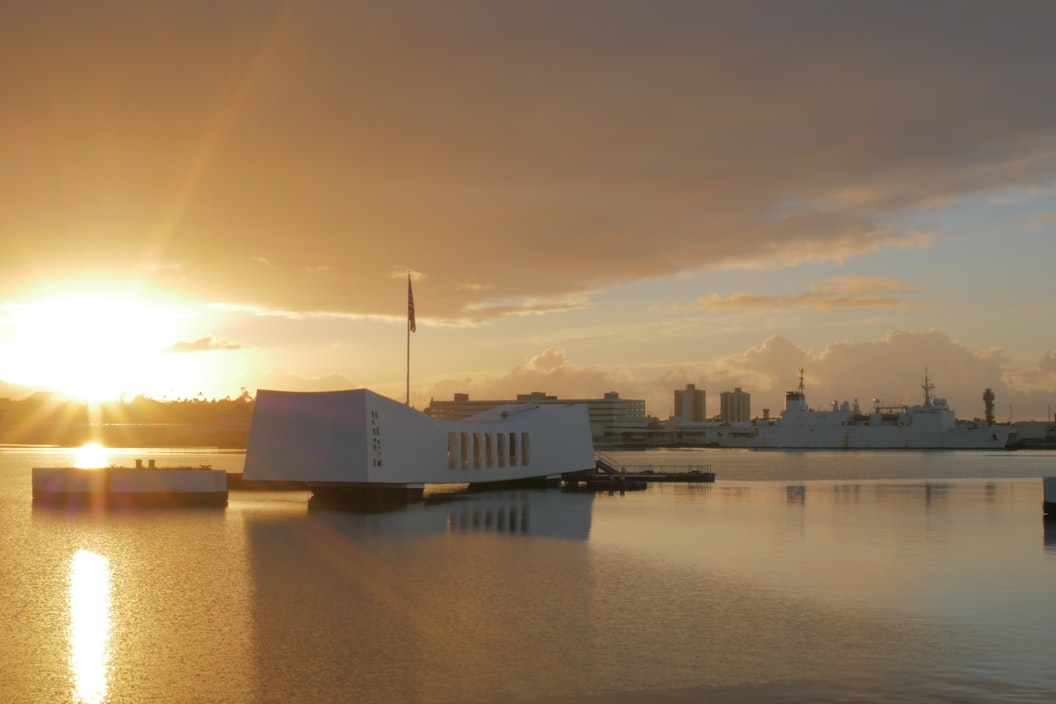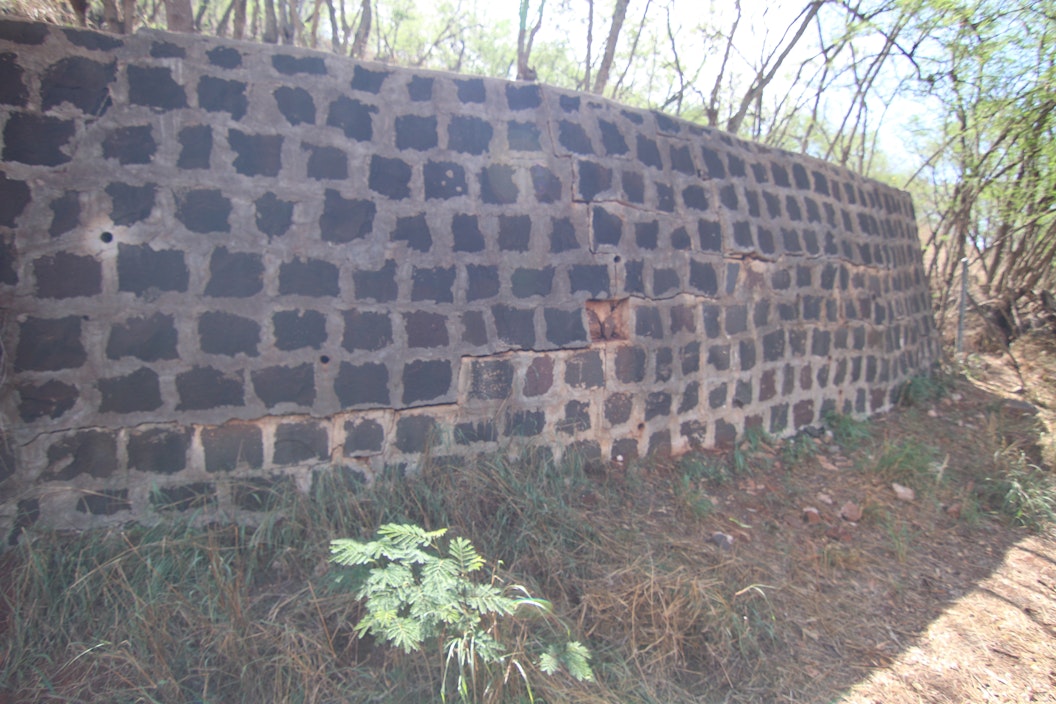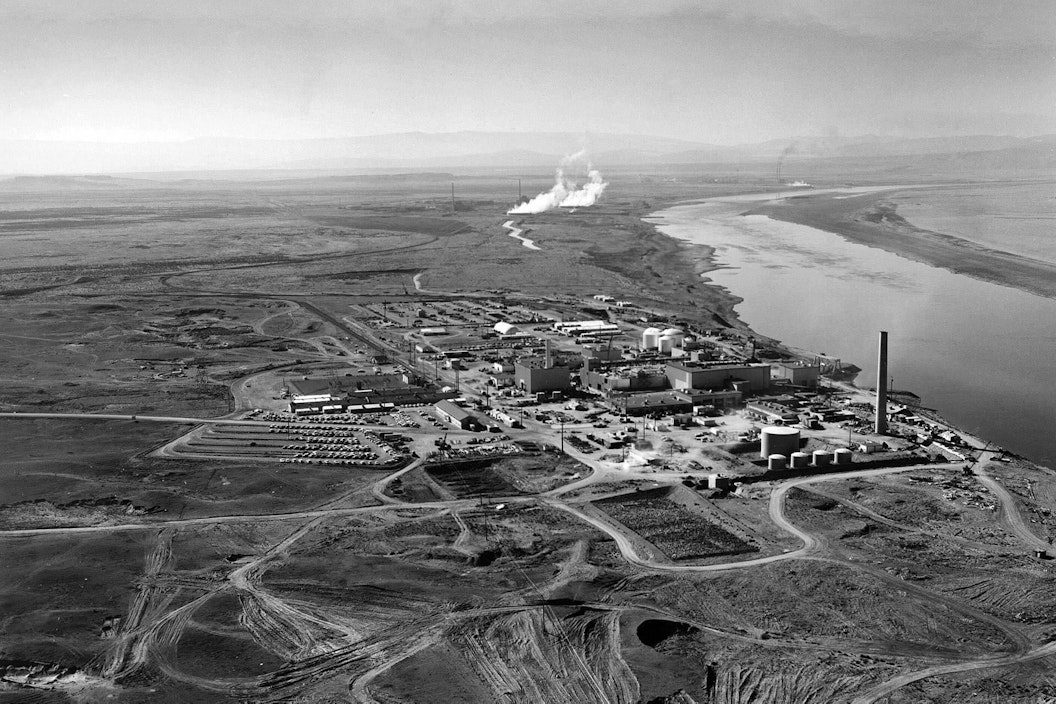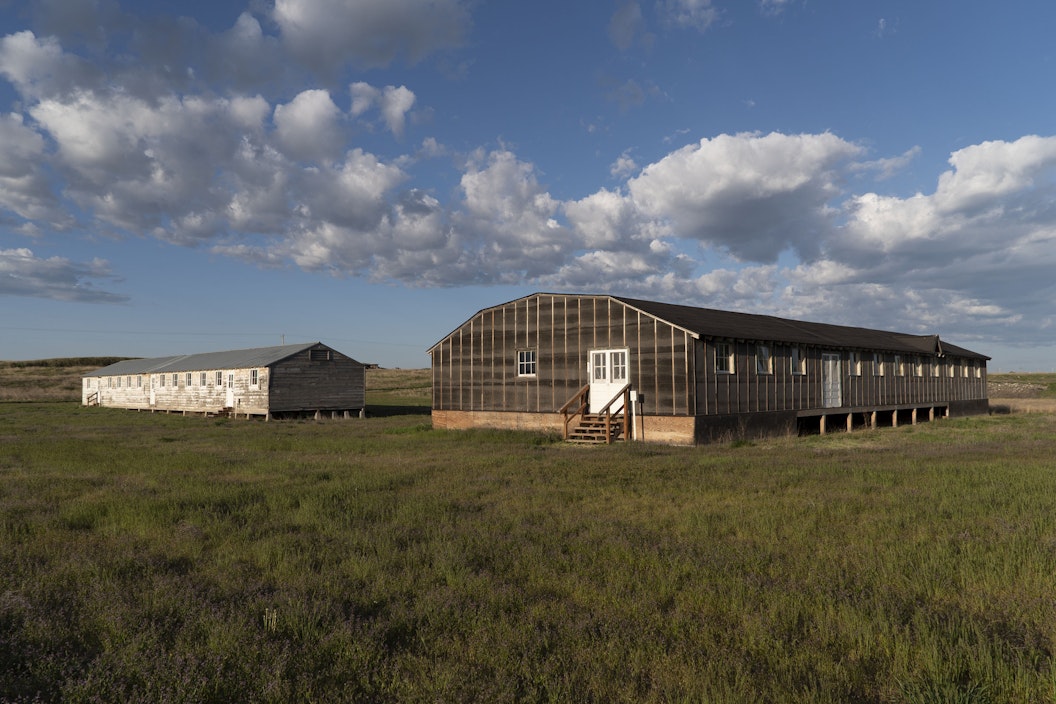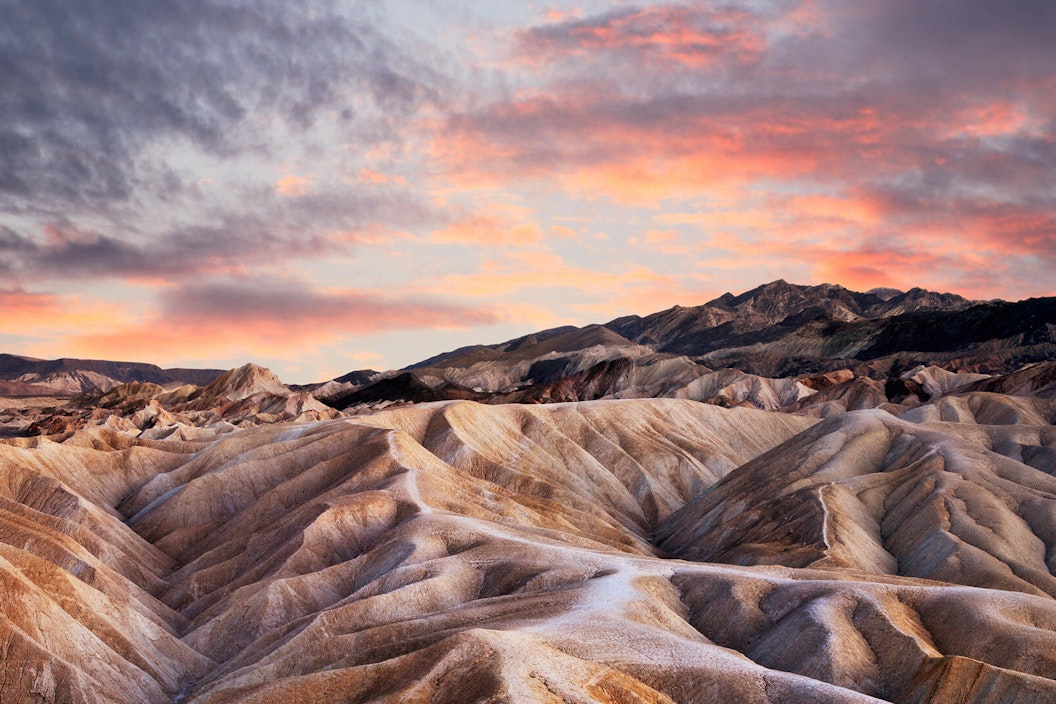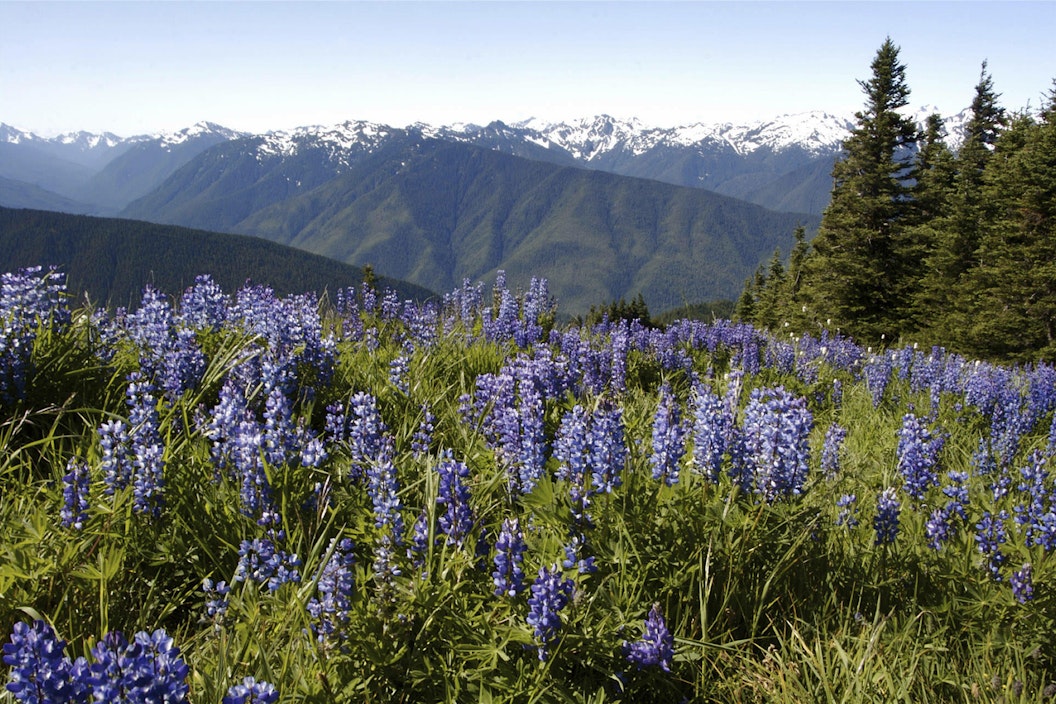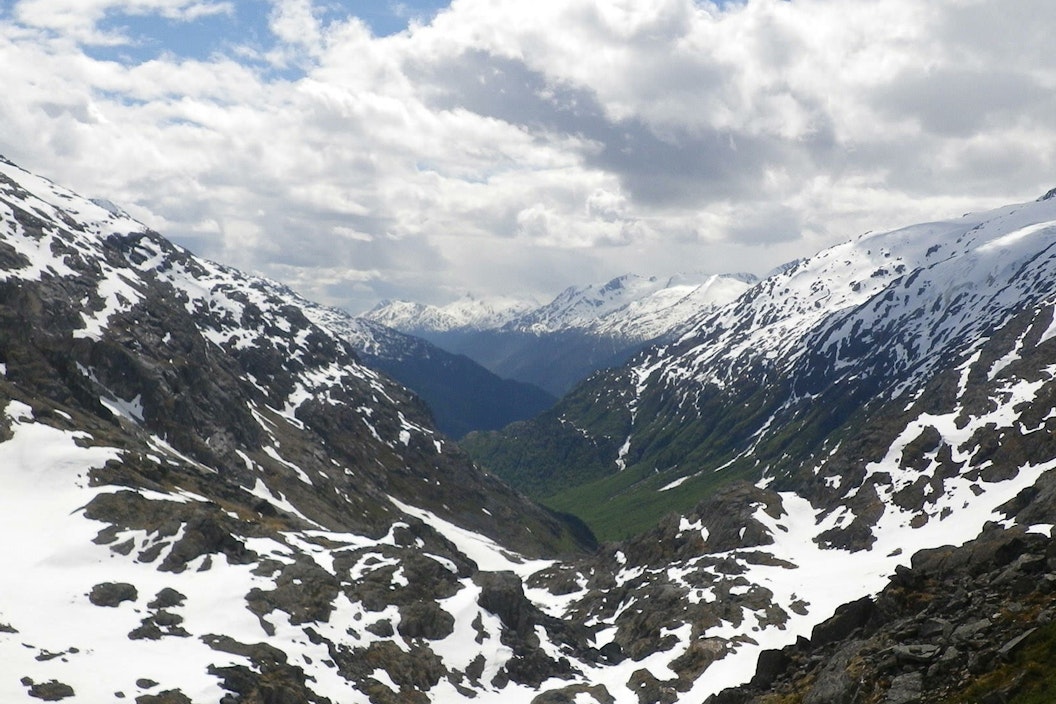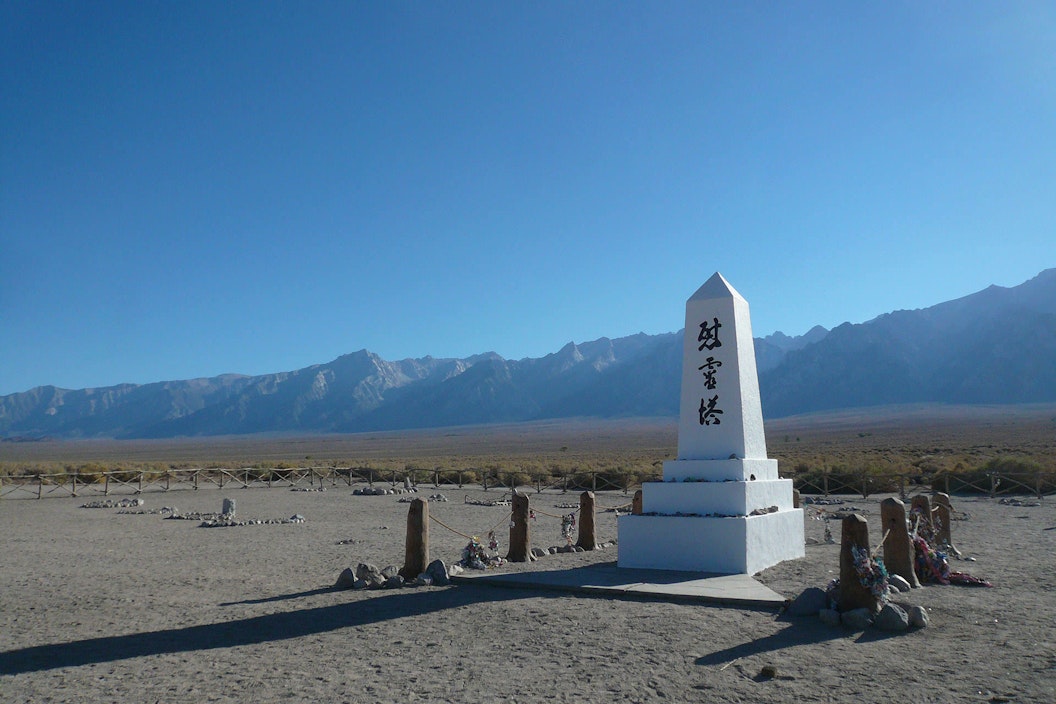
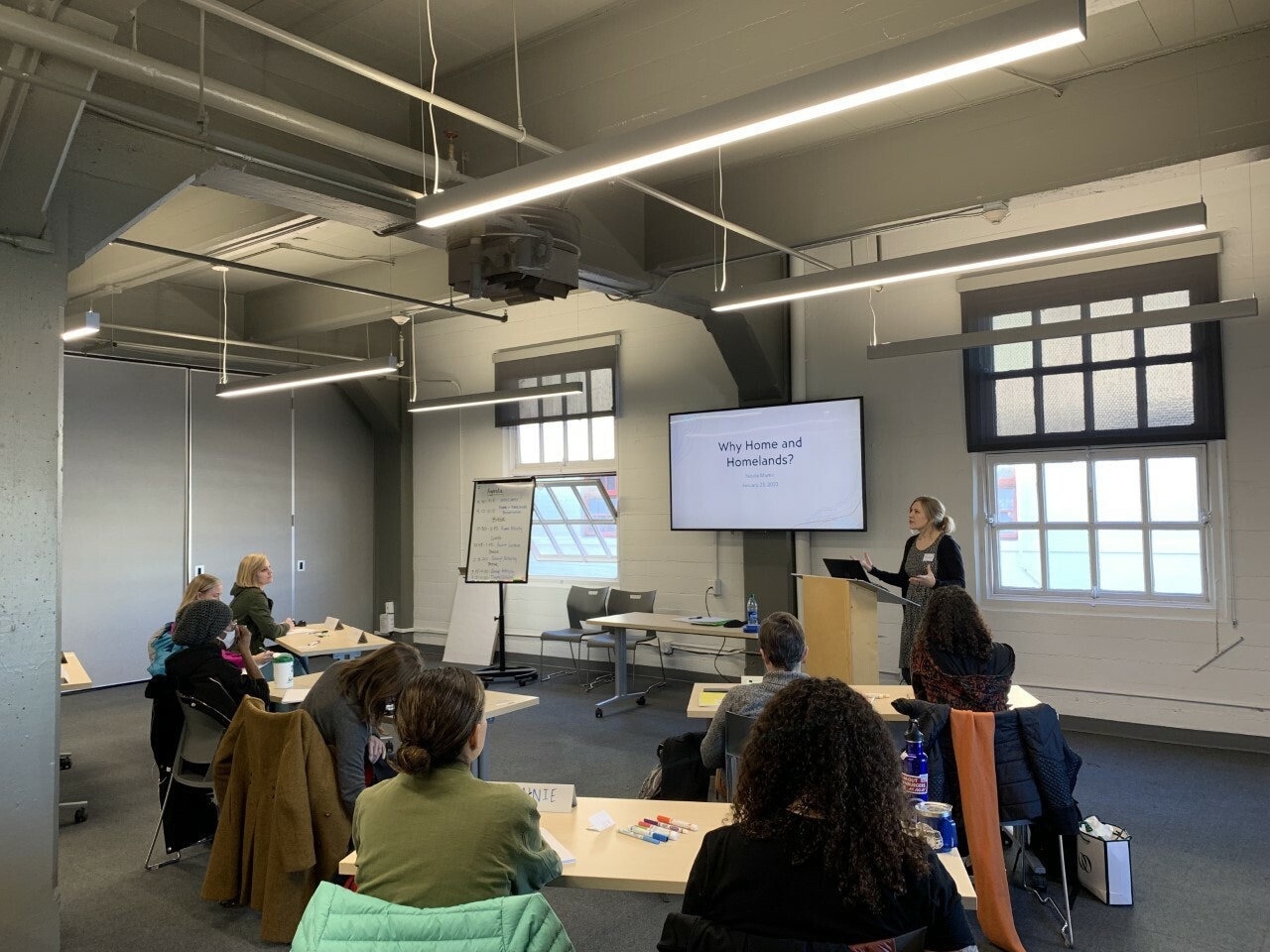
.
.
The Pacific West is a large, diverse region, consisting of dozens of national park sites that preserve and interpret countless stories. Thanks to the work of Nicole Martin, PhD, NPF’s Women’s History in the Pacific West Fellow, this expansive collection of sites is coming together for an innovative, collaborative endeavor – a new digital exhibit focused on the themes of home and homelands that places the experiences of women at the forefront. The exhibit’s development was supported by a unique collaboration between the National Park Service’s (NPS) Cultural Resources division, where academic historians focus on new studies and programs related to the parks, and its Interpretation and Education division, in which park rangers create programs for and interact with the public. The exhibit is a years-long effort, led by Martin, that will provide the opportunity for dialogue between parks and their visitors about home, citizenship, and women, as well as the relevance of women’s history in the broader scope of American history and in our own lives.
The Fellowship
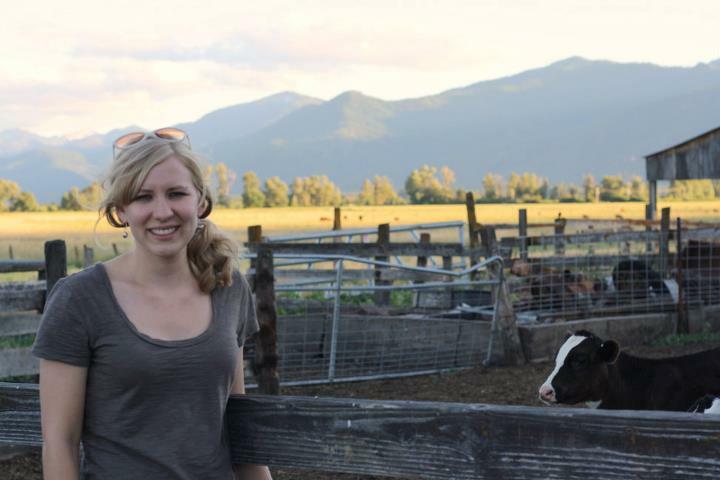
A two-year long postdoctoral fellowship, the Women’s History in the Pacific West Fellowship is part of NPF’s Women in Parks program, which seeks to recognize the everyday and extraordinary contributions women have made to our country as well as the roles they continue to play. In the early months of her fellowship, Martin did a thorough summary of the research and interpretive programs in parks of the Pacific West region, which stretches from Idaho to Hawaii, the analysis of which led to the development of her focus for her own research priorities and product – a digital exhibit and story map.
She also led book club discussions open to NPS staff members, covering the latest scholarship on women’s history, some with direct ties to national park sites. Additionally, the fellowship enabled Martin to continue her career focused research, including attending workshops and drafting and submitting academic papers for publication.
Home & Homelands Exhibit
A large part of Martin’s current workload is dedicated to her Home & Homelands digital exhibit, a sprawling undertaking that will ultimately result in an interactive exhibit full of engaging multimedia, including photos, interviews, videos, and more. The idea of “home” is a powerful one to reflect on both as a place and as a process, and it invites us to move away from linear storytelling into something more complex and interwoven. Martin explains: “as beautiful and as personal as ideas about home can be, they also have tremendous power that can also be used exploitatively: people have been killed, made to change their culture, and pushed to the margins of society in the name of the home. We must capture this type of complex truth in the exhibit we are aiming to build, as difficult as it may be.” The exhibit will also place a diversity of women and their stories as the center of the narrative – “we want to explore all the many ways in which women have made homes to claim the West as a place historically full of women, despite popular imagery of it as an overwhelmingly male space,” says Martin.
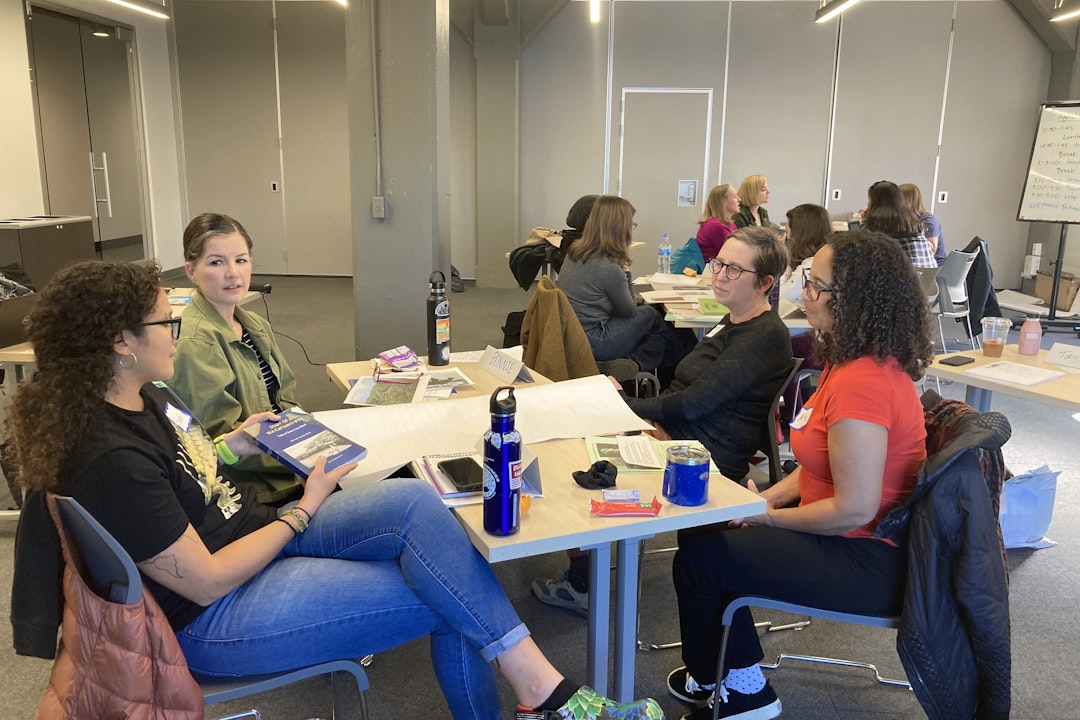
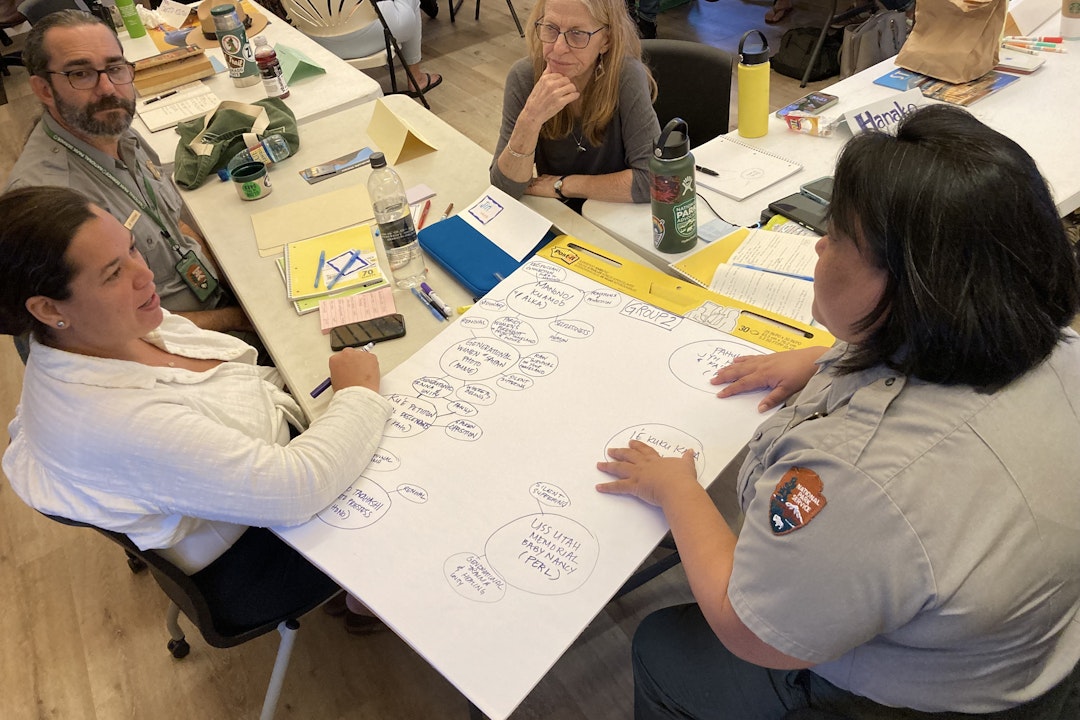
Working closely with NPS staff members from both the Cultural Resources and Interpretation & Education teams – a unique collaboration – Martin conducted workshops in San Francisco, Seattle, and Hawai‘i to help the parks co-create the exhibit’s materials, together crafting a larger narrative that draws connections between parks, stories, and topics. Over 35 national park sites within the region have teamed up with Martin to help identify an object from their collection that embodies an untold or underrepresented women’s story for the project.
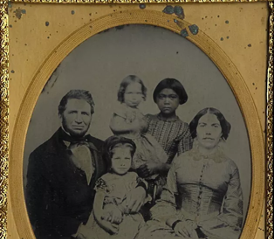
One potential example is an image of the Camdens, a family who traveled to California during the Gold Rush. In the image from Whiskeytown National Recreation Area, is an Indigenous woman who the Camdens called “Kate.” She served as the Camdens’ ward, essentially providing unfree labor – that is, labor undertaken by those employed against their will – as a domestic servant. This was legal under an 1850 act that allowed non-Indigenous families to claim Indigenous children as wards. According to Martin, this demonstrates that “family in the West included cross-cultural intimacies and types of bondage that were different but just as complex as what was seen in the American South, defying the image of the white pioneer family roughing it on their own.”
Looking Ahead
Now that the workshops have concluded, Martin will use the materials provided by the parks to develop the descriptions, scripts, and storyboards for the Home & Homelands exhibit, giving partners and workshop participants the ability to provide feedback and working with some parks to develop supplemental materials such as videos and interactive media. The completed Home & Homelands digital exhibit will go live on the NPS.gov website toward the end of 2023.
The exhibit will provide a sustainable tool for interpreters to connect the stories of their parks to the broader meanings and contexts of the exhibit for the general public, as well as for the general public to explore and learn about the topic. Martin’s research, as well as the project, will also provide NPS with recommendations for further research that would support the stewardship, interpretation, and educational needs related to the topic – the exhibit is just the beginning in diving into and amplifying these stories!
